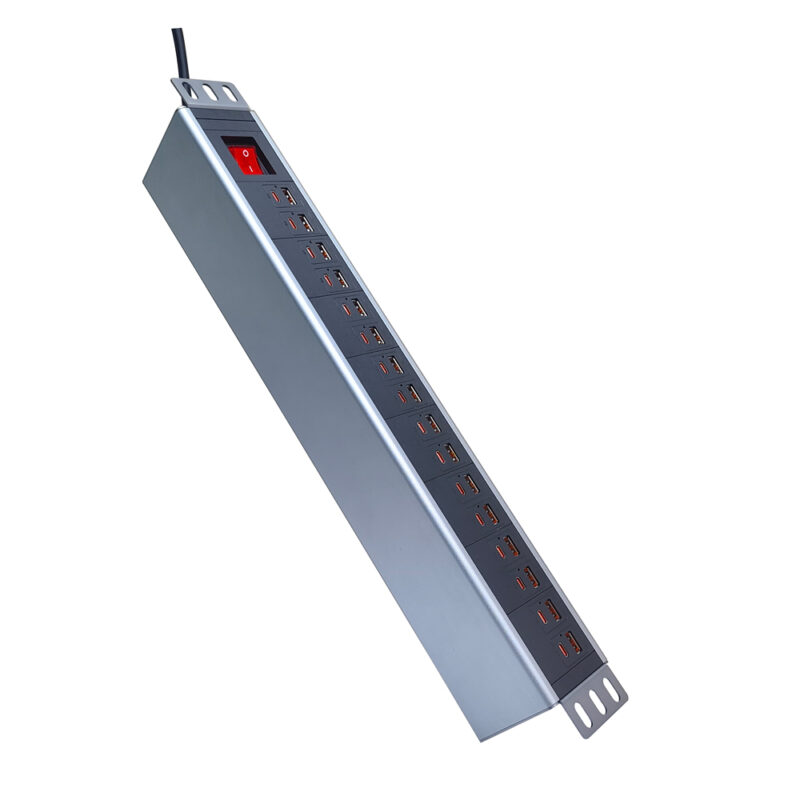
The advent of distributed power units (DPUs) marks a significant shift in how we approach energy management and distribution. As the demand for reliable and flexible power solutions increases, DPUs emerge as vital components in modern infrastructure. Their ability to adapt to varying loads and integrate seamlessly into existing systems underscores their importance in today’s energy landscape.
Understanding Distributed Power Units

Distributed power units are decentralized energy generation systems that provide electricity close to the point of use. Unlike traditional centralized power plants, DPUs can harness renewable resources such as solar or wind, thus promoting sustainability while enhancing grid resilience. By decentralizing power production, these units not only reduce transmission losses but also empower consumers with greater control over their energy sources. Furthermore, they facilitate the integration of smart technologies that optimize performance based on real-time data analysis.
Exploring Sipolar’s Role in Adaptive Capability
Sipolar has emerged as a key player in enhancing adaptive capability within distributed power systems. Through innovative designs and advanced technology integration, Sipolar enables seamless communication between various components of the DPU ecosystem. This adaptability allows for dynamic adjustments based on fluctuating demands or supply conditions, ensuring optimal efficiency at all times. Moreover, Sipolar’s commitment to research and development fosters continuous improvement in system responsiveness and reliability.
The Significance of 10 Port USB Hubs
A crucial aspect often overlooked is the role of connectivity devices like 10 port usb hubs within distributed power environments. These hubs facilitate efficient data transfer among multiple devices connected to a DPU system, allowing for streamlined operations and enhanced monitoring capabilities. With increased device interconnectivity comes improved coordination across different elements of the network—ultimately leading to better resource allocation and reduced downtime during peak usage periods.
Conclusion: The Future with Distributed Power Units
The evolution towards distributed power units signifies a transformative step toward more resilient energy infrastructures capable of adapting to future challenges. As we continue exploring innovations like those from Sipolar alongside essential connectivity tools such as 10 port USB hubs, it becomes evident that embracing these advancements will be critical for achieving sustainable growth in our energy systems.

